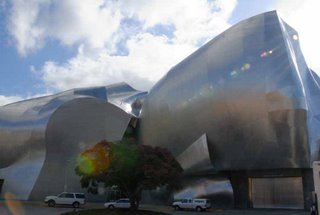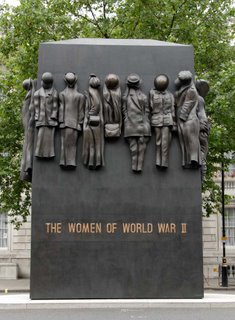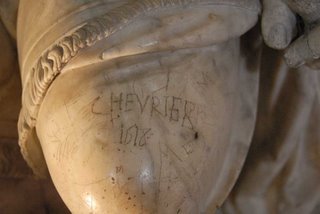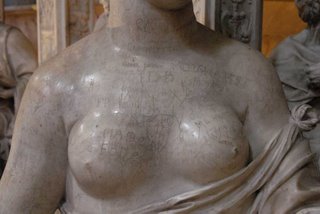
Most of the big churches in Europe offer you countless chances to light a candle as you shuffle quietly through. A euro or two will get you a tea light or a small taper, ten euros will get you a candle in a tall glass jar that will burn for hours.
The above picture is from Sacre Coeur in Paris - taken earlier this year. This was a forbidden picture too, as the entrance vestibule of the basilica is patrolled by a terminally frustrated keeper, yelling stridently at the visitors to variously keep quiet, put their cameras away, and remove their hats. The candles were beautiful, but I was more interested in the shadows.
This summer, Alexis and I lit a lot of candles as we made our way through Europe - she lost an uncle this year, and I lost an aunt and an influential art professor.
We lit candles in Notre Dame and St. Denis in Paris, in St. Paul's and Westminster Abbey in London. St. Peter's in Rome had no candles at all - although plenty of offering boxes. I didn't think much of it, until we went to Santa Maria della Vittoria (the church with Bernini's St. Teresa in Ecstasy). Instead of racks of candles, there were banks of electric candles. Pop a euro in the slot, and one of the flame shaped bulbs lights up. In another Italian church, you get to flip the switch under the candle of your choice. I was so dumbfounded I forgot to take pictures!
We both agreed that flipping the switch took some of the reverence out of the ritual. But when you think about the decade it took to clean the soot out of the Sistine Chapel, perhaps electricity is the more prudent option. At a minimum, the Italians deserve credit for creatively solving the problem.






